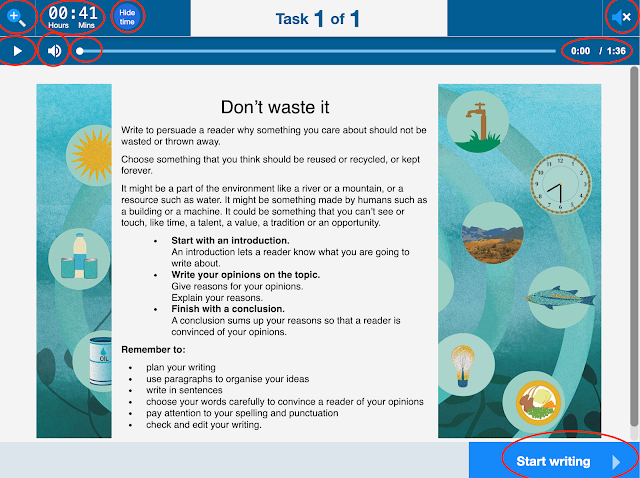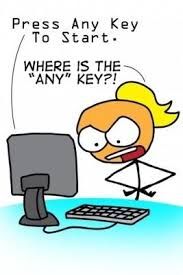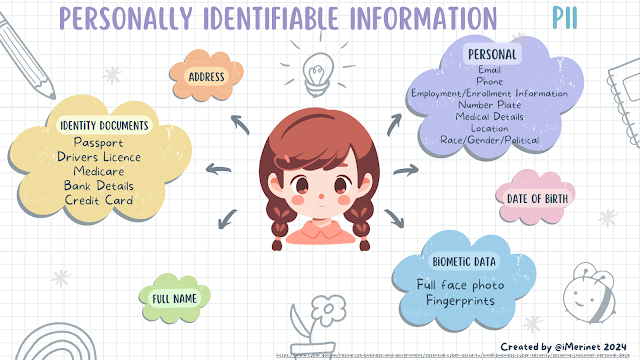Beginning a Blog

Picture Credit
Blogging is a great way to encourage writing in all areas of the curriculum. Before teaching it in the classroom, it is important you plan how you will integrate the blog into your curriculum without creating additional workload. This is not as hard as it would seem. There are many blogs written on this exact topic so I will try to link to other resources that will be useful.
When beginning a blog with a class there are several factors that need to be considered.
- Why Blog with my class?
- What outcomes will be achieved by blogging?
- What platform will I use?
- How will I teach blogging?
- How will I integrate blogs into my curriculum?
- How will I assess the outcomes?
Why Blog?
- Journalling
- Responding
- Reflection
- Collaboration
What outcomes will be achieved?
- Demonstration of understanding of concepts
- Writing, grammar, punctuation
- Co-operation, collaboration
Platform?

Source
There are many platforms but it depends on the age of your students. Many social media and blog sites will need to be 13+ to use them. Read the fine print.- Under 13 will need a teacher moderated blog such as
- Kidblog.org
- edublog.org
- 13+ can use
- Blogger
- WordPress
Teaching Blogging
- Be familiar with the platform you plan to use.
- For <13years you should have your settings setup to your needs
- How to create, edit, delete, publish and preview a post (not hard)
- Set up rules for your class for posting and commenting
- Always be polite with your posts
- Check your spelling
- Check your grammar
- Proof your writing
- Keep fancy fonts and colour to a minimum
- Always respond to comments
- Use pictures, videos and links to increase interest
- Reference anything you use.
- For students that require more structure you could
- Teacher writes the blog and students all comment
- The class composes the blog and students all comment
- Students are rostered on in buddies to complete a post and all students comment
- Lead to individual blogs once confidence builds and students must comment on 3 blogs. Be sure all students have comments.
- Guidance for the Teacher
- Quality student blogs part 1
- Quality student blogs part 2
- Do's and Don't and post ideas
- Tips for teachers
- Buddy up with other classes Year 2 and Year 5?
- Year 6 and Year 8?
 |
| Picture Credit |
Integrating Blogs into the curriculum
- Based on lesson content, set up questions as prompts to start writing, answers should be written in full sentences, examples of structured questions below
- Questions you would like reflection on about a lesson
- Comprehension questions based on a novel or background reading
- Something positive and something interesting, something you would like to learn more about
- What, Why, Where, Who, When, What if?
- Differentiation
- Expectations for students will differ.
- Assist students with poor spelling and writing skills, you could give them a typist or proof reader prior to publishing
- Encourage capable students to incorporate videos, links, pictures.
Assessing outcomes
- Define what you are assessing
- Content
- Grammar and Punctuation
- Research
- Flow of writing
- Amount of participation
- Create a rubric
- You could create your own or find one on the web
- Students could create the assessment levels as a class activity.
- Include the rubric on the blog
- Sample 1 - blog commenting
- Sample 2 - assessing posts
- Sample 3 - serious scoring
- Sample 4 - simple
- Throughout the term
- Ask students where they think they are on the rubric.
- Ask students where they would like to be on the rubric.
- Ask students what they need to do to improve to the next level.
References
Introduction to bloggingScaffolding Blogging
Blogging and Literacy
Integrating KidBlog with Google Drive and Tips
http://www.schrockguide.net/assessment-and-rubrics.html
Picture Credit - blog Geralt
Picture Credit - Thought Bubbles









Very comprehensive Mrs E, Love your background too. Thanks for all your hard work creating this and compiling all the fabulous information.
ReplyDeleteMrs J
Hi Mrs J
DeleteThanks for taking the time to comment. I appreciate it that you took the time. Stay tuned as I plan to continue this theme on how to blog.
Regards Mrs E